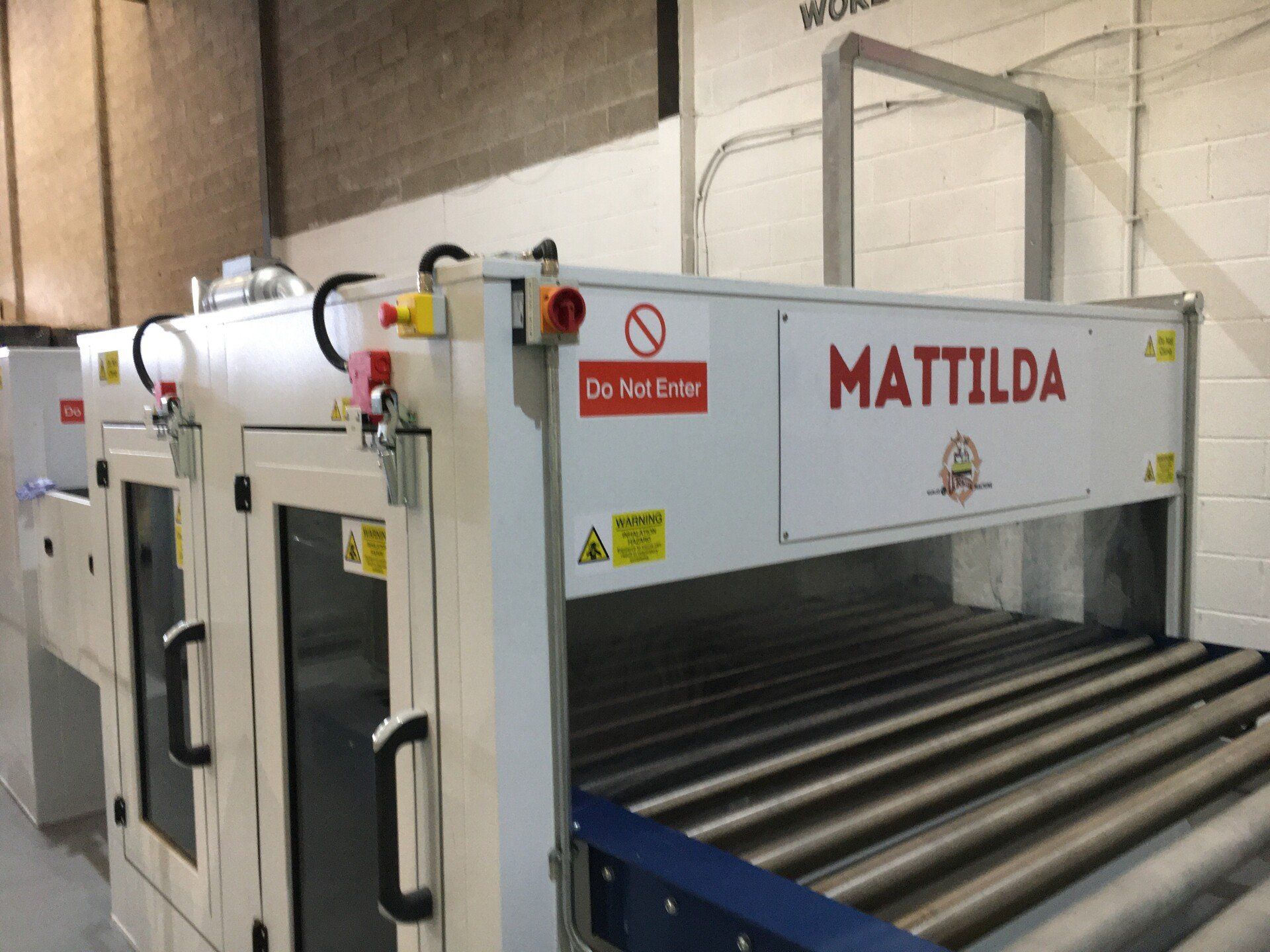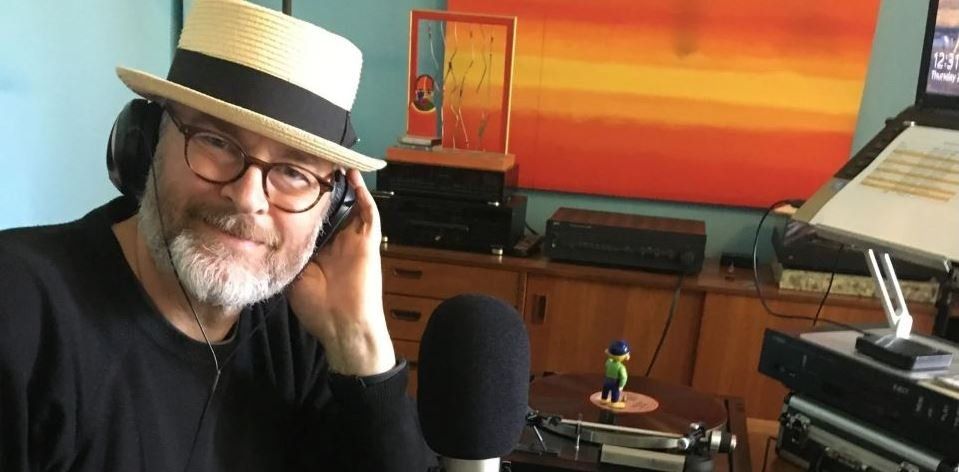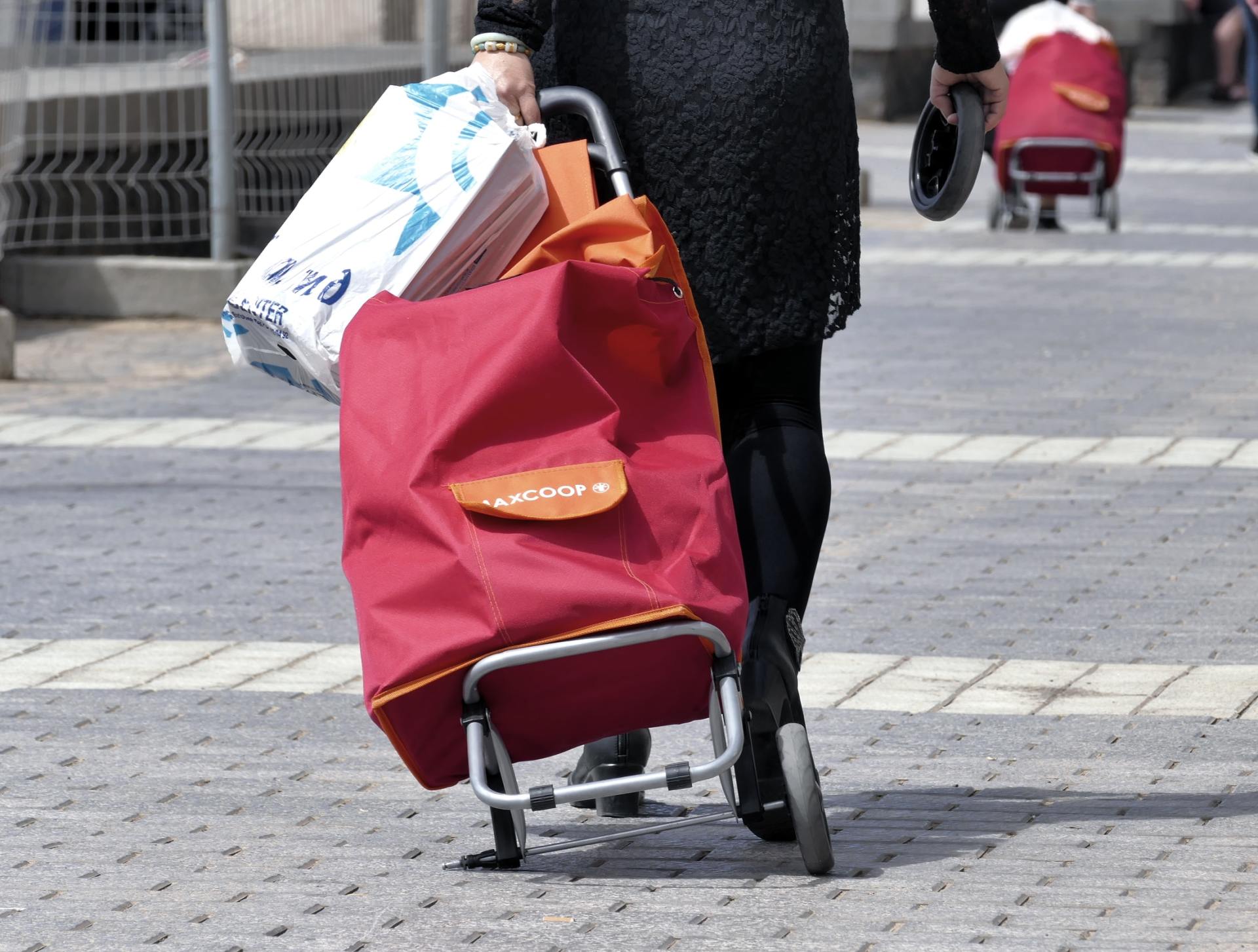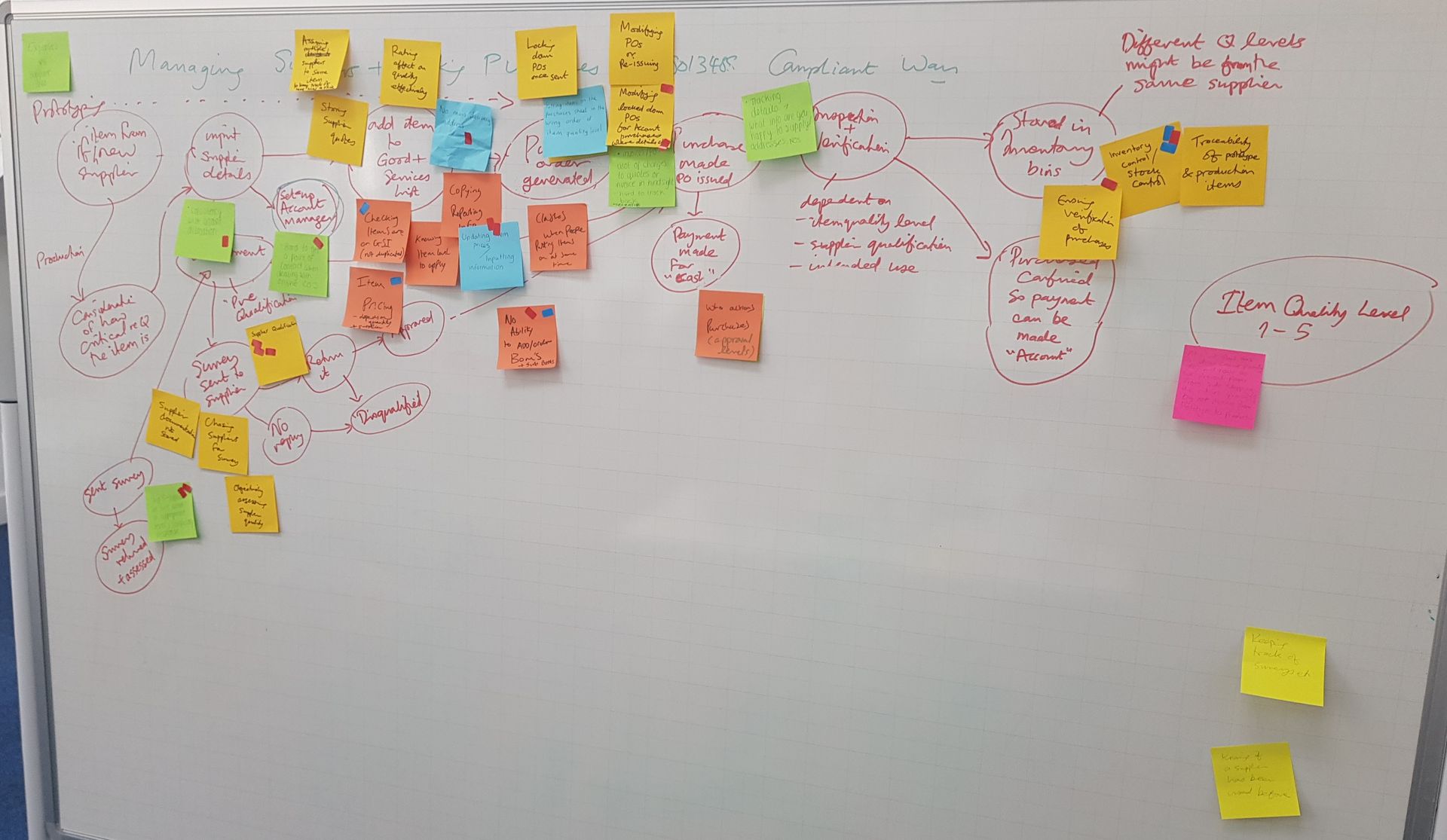Blog
Butters Innovation Blog

by Jonathan Butters
•
13 May, 2021
Meet Mattilda, the first purpose-built machine in the UK to reduce the huge number of mattresses being sent to landfill. Designed to be ten times faster than manual cleaning and connected to the web for remote monitoring. Mattresses are first manually inspected and pre-cleaned with environmentally-friendly detergent, then receive an intensive deep-clean with Steam, Vacuum, Ozone, UVc and 60 degrees of heat to dry them thoroughly. Bulky Bob’s was created in 2000 by FRC Group , a Liverpool social enterprise and charity. Bulky Bob’s has held the bulky household waste collection service with Liverpool City Council since its creation and also delivers collection services for Oldham and Warrington councils. Two years ago I was approached to develop a machine for automating the cleaning of used mattresses so that they could be put back into use. Bulky Bob's had already tried doing this manually and could clean one mattress in about 60 minutes, selling the refurbished mattresses through their retail store. The slowest parts of the process involved Ultra-Violet exposure and drying. After a process of capturing the requirements from all stakeholders - operator, supply-chain, installation, client - we proposed several visual concepts of the possible solutions. I assisted the client in applying for support under the Made Smarter grant programme and we moved into the design phase. It was important to keep the design to a modular architecture with a certain amount of independence between the key elements. This would help an incremental build and to facilitate modifications to optimise performance in a real-world situation. A standard conveyor system was proposed with a number of enclosures designed for safe access and containment. We commissioned an Ultra Violet system and obtained an Ozone generator. The Steam Box is driven by an Steam Generator and a vacuum unit. Combined with manual pre-cleaning the machine has greatly increased the speed of mattress cleaning and increased consistency. More machines are to be built and will have a significant impact on reducing our carbon footprint and the amount of bulky materials being sent to landfill. Click here to see a video of the machine.

by Jonathan Butters
•
21 Jul, 2020
When I studied Industrial Design Engineering at the Royal College of Art in 1986 we did a group project that was designed to encourage us to focus on designing for people with disabilities. It was a very open brief with no particular steer. Very quickly the group started to discuss how you might define "disability". As was common with my peers, we dived into a dictionary and publications (pre-internet) to help establish the meaning of the word. In this case we decided to build our own definition setting out disability as the result of a situation rather than specific to a person. We then set out to remove the disabling conditions in our design project. It was a fairly naive approach, but I think we all agreed that you can't design for people without engaging with them. That was the learning I took away with me. Ever since I have seen myself as an advocate for end-users and stake-holders in the design work I undertake. Several projects have, at my insistence, had several stages of user-engagement to define the problem, verify the thinking and validate the solution at key points. I'm sure that a common mode of product, system or service failure is the fact that they have not been developed in partnership with actual users. Now this is difficult, especially when it's an innovation that hasn't previously existed. But experience has demonstrated that people are absolutely key to the development of successful ideas. I have led many user-centred projects and the results and materials gathered during the work is often used by the clients as part of the marketing story, helping early adoption of the innovation. We are just reaching the end of a 2-year project to create a product to help mums recover from a C-Section birth. No current product exists for the early stages of recovery post-surgery and the advice from NICE is to just wear loose-fitting clothes and "granny pants". My client is from the BAME community and will be launching her innovation first in the Islamic Middle East. My life experience is very limited regarding the stakeholders in this product, so I have consulted extensively with recent mums across a wide spectrum to define the requirements and in verifying aspects of the solution. So, from working with mums to define where their actual incisions are (standing, bending and sitting), to understanding what parts of their tummies are sore and how long they might wear the product and care for it, we have engaged at every stage with functional physical prototypes. The result is a dignified, low-cost, attractive, comfortable, hygienic and easy-to-manufacture product that will make the first few months after C-Section much more bearable. Stakeholder engagement is crucial, without it you are designing at people not with people. Designing should centre around users, not sit separately from them. User-Centred design is a great strategy for mitigating risk and reducing failure as well as building engaging stories for marketing the solution.

by Jonathan Butters
•
15 Jun, 2020
Many Industrial Designers (especially those with a few grey hairs) have worked remotely and independently for years. The recent change to home-working for many previously office-based people has meant that many of us seasoned cave-dwellers now have more people around during the day. That has led in my case to actual coffee and tea breaks, lunch and, most importantly, shared insights and the opportunity to talk things through and reflect. I'm convinced this has had an impact on my work and that of my wife and daughters, all who work in different fields. It's akin to having an in-house product test and review community - excellent when User Requirements Specifications and user testing are on the cards. More scrutiny of my daily mucking-about has also meant that, at the time when I'd normally be chewing the cud of a design conundrum, I have needed to-be-seen-to-be-doing-something. Fortunately, I have avoided the unending stream of Zoom meetings, so the net result has been a complementary set of activities. One of these has been regular live-streamed radio and band broadcasts. A great excuse for buying more records and revisiting the thousands already making our shelves sag. Also, it has led to a design-led critique of my old record decks resulting in the purchase of superior equipment. (Still avoiding fixing the Pianola - my first eBay purchase in 2007.) The loss of the home during the daytime as my exclusive solitary working domain has meant a list of jobs that need doing and vigilance as to their progress. Not surprisingly the past few months have seen garage door repairs, bedroom refurbishments, window replacements, actual gardening, scientific composting activities plus a whole spate of fixing workshop equipment, computers and appliances. The skills and knowledge acquired during this period have not been insubstantial: single-phase induction motors and how to fix them, live broadcast over the web, identifying and sourcing spares for things you broke years ago, stereo mic techniques for live jazz transmission, refurbishment of a water-blaster, casework repairs to HP Pavilion laptop, design and construction of fitted bedroom storage units, access tower design and installation, remedial joinery in a conservation area, high-end coffee simulation and batch-brewing fine ales and fruit wines - all vegan-friendly. As well as all the above, projects have included automated cleaning systems, post surgery underwear, vascular access devices and mentoring for grant recipients of the Knowledge Transfer Network. Basically, it's business-as-usual!

by Jonathan Butters
•
13 Mar, 2020
The process of design deals with numerous issues and, when applied appropriately, delivers the ultimate outcomes of optimising opportunity and reducing risks: risk of commercial failure, risk of business failure, risk of in-service product failure, risk of communication failure, risk of component or systems failure. Failure is usually something designers try to avoid or at least control and manage when running a business, or in the operation of a product or service. However, the simple concept of failure within controlled conditions can provide useful data, knowledge, insight, wisdom and deep learning within a design process. Understanding failure and what constitutes product or service failure gives the designer foresight as to the issues they need to design out of the solution. Ultimately, designing is a process of elimination. When the designer starts, everything is included, everything is possible. Before the design process starts every mode of failure exists. The design process should inform robust creative decision making and systematically eliminate potential failures of all types until the solution delivers an acceptable balance of risk of failure and likelihood of success. If creativity is the generation of new ideas or new intellectual property, and innovation is the successful exploitation of new ideas, then design is the process that links creativity and innovation, shaping ideas to become practical and attractive propositions for users through the informed trade-off of opportunity and potential failure. There is failure, and then there is failure! All stages of the design process benefit from predicting and analysing potential failure. Failure can give rise to insight and even highlight new opportunities. When predictions are too complex or if it is difficult to set out all the assumptions reliably, then practical tests, trials and prototypes can be used to generate data that can be assessed against criteria set out and agreed amongst the interested parties. Often valuable knowledge can be derived from this approach beyond the original scope of the design project and this can be exploited commercially in the future. Where a new product or service is so innovative and new that limited historical information is available then a slow, soft launch can be used to stealthily capture a market with iterative risk management. Early adopters can be made to feel privileged and become part of an ongoing open innovation process, translating what might traditionally have been considered failure into insight. Failure is a dead end, insight lights the way forward.



